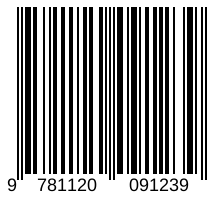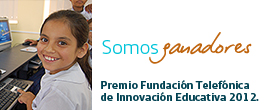Easter is just around the corner, and it’s a time to celebrate in the classroom. A great way to do this is with this easter book! The Very Hungry Caterpillar is at the farm hunting for tasty Easter eggs . . . Meet friendly farmyard animals and lift the flaps on every page to help... Seguir lendo →
Foldable Butterfly Life Cycle
Teaching about the marvellous journey of a caterpillar transforming into a butterfly is a fun and interesting educational activity for kinders! There's something magical in this process that always catches their attention and, as the same time it is the perfect way to help them understand the world around them. Ensinar sobre a marabillosa viaxe... Seguir lendo →
The very hungry caterpillar memory game
Use this free Very Hungry Caterpillar Memory Games as a fun learning activity for your preschoolers and kindergarteners. Utilice este xogo gratuíto de emparellamento The Very Hungry Caterpillar como unha divertida actividade de aprendizaxe para os seus nenos en idade preescolar e preescolar. Matching games are a great way to help kids learn new things while having fun.... Seguir lendo →
The Very Hungry Caterpillar box
Who doesn't know this book? This quite simple book is a must-read for spring or for a bug theme.This book teaches kids the days of the week, colours and shapes, what food the caterpillar eats,and even offers a little counting or science lesson. Quen non coñece este libro? Esta é unha lectura moi sinxela imprescindible... Seguir lendo →
Polar Bear. What do you see?
Winter is here, and with it comes an opportunity to incorporate meaningful winter activities in our classrooms! I’m excited to share with you some amazing winter themed resources for your classroom! Here you have some activities to introduce this topic in kindergarten. WINTER LITERACY ACTIVITY Read! Children love Eric Carle's books because his books always... Seguir lendo →
The Very Hungry Caterpillar Song
One of the favorite authors in preschool classrooms is Eric Carle. His colorful illustrations and simple text make these books fun to read again and again. The Very Hungry Caterpillar is a very special book! It’s simple, engaging story and beautiful illustrations capture the imagination and inspire all sorts of creative learning activities. You can... Seguir lendo →
The blue exhibition
This week, we were very busy organizing our blue exhibition. Take a look at this video. We've had great fun!!!! Esta semana estivemos moi ocupados organizando a nosa exposición azul. Botádelle unha ollada a este video. Disfrutamos un montón!!!! Further, we read the Eric Carle's book called "The artist who painted a blue horse". Looking... Seguir lendo →
Butterfly life cycle
Many insects like butterflies have four separate stages of life cycle, each completely different from others. Mummy butterfly lays eggs on green leaves. After a few days, a small caterpillar comes out of the egg. This caterpillar is very hungry and feeds voraciously, growing quickly in size. Once the caterpillar is big enough, it stops... Seguir lendo →
The Mixed-up Chameleon
This is one of my favourite's Eric Carle's book. It's a story about a chameleon who isn't happy. Except for catching flies and changing colors occasionally, this chameleon doesn't find life very exciting. One day, he visits the zoo and meets many different animals. He wishes to be like all the animals in the zoo... Seguir lendo →
The Very Hungry Caterpillar
The Very Hungry Caterpillar is a children's picture book designed, illustrated and written by Eric Carle. It is a suitable book to teach numbers, days of the week, foods and the cycle life of a butterfly. First of all, here you have a fantastic version of this tale. I hope you enjoy it as much... Seguir lendo →
Preschool Projects 2011-12
Here you have the projects my preschoolers made during this school year. I'm so proud of them. Click on the pictures to take a look at our works. Clicade no debuxo para mirar os nosos traballos.
From Head to Toe
What does a monkey do?It waves its arm. Can you do it? From the creator of The Grouchy Ladybug and The Mixed-Up Chameleon comes this interactive story that invites kids to imitate animal movements.Watching giraffes bend their necks or monkeys wave their arms is fun, but nothing could be better than joining in. ‘ I... Seguir lendo →





























